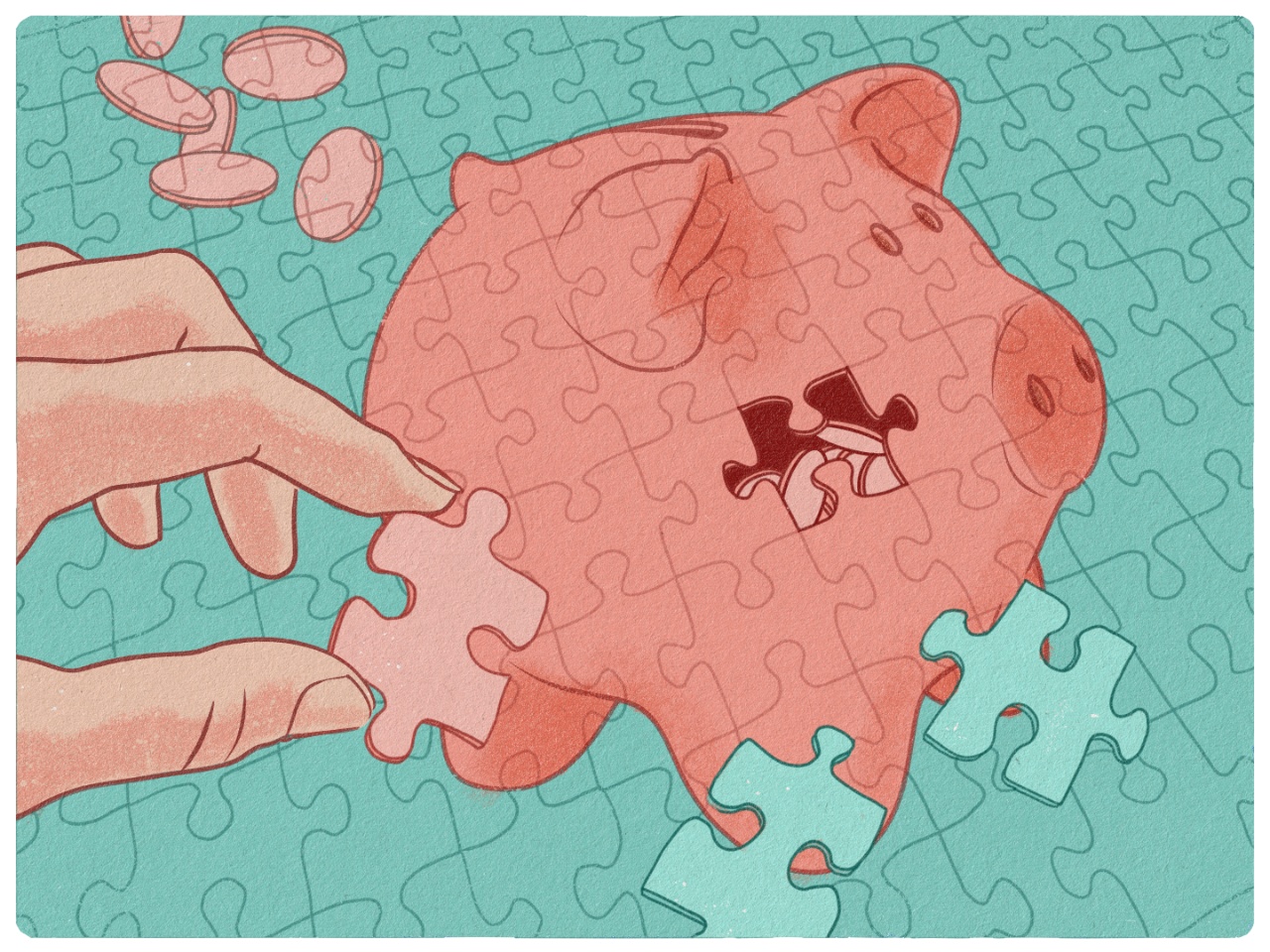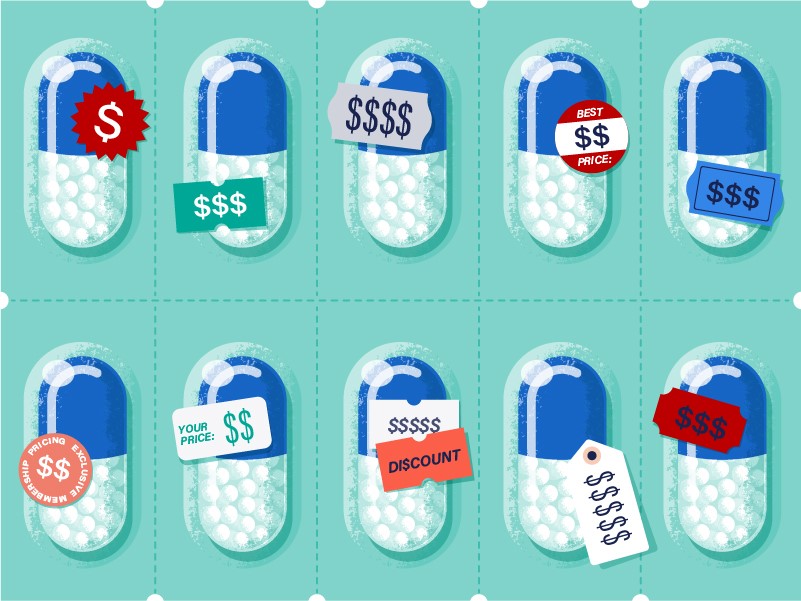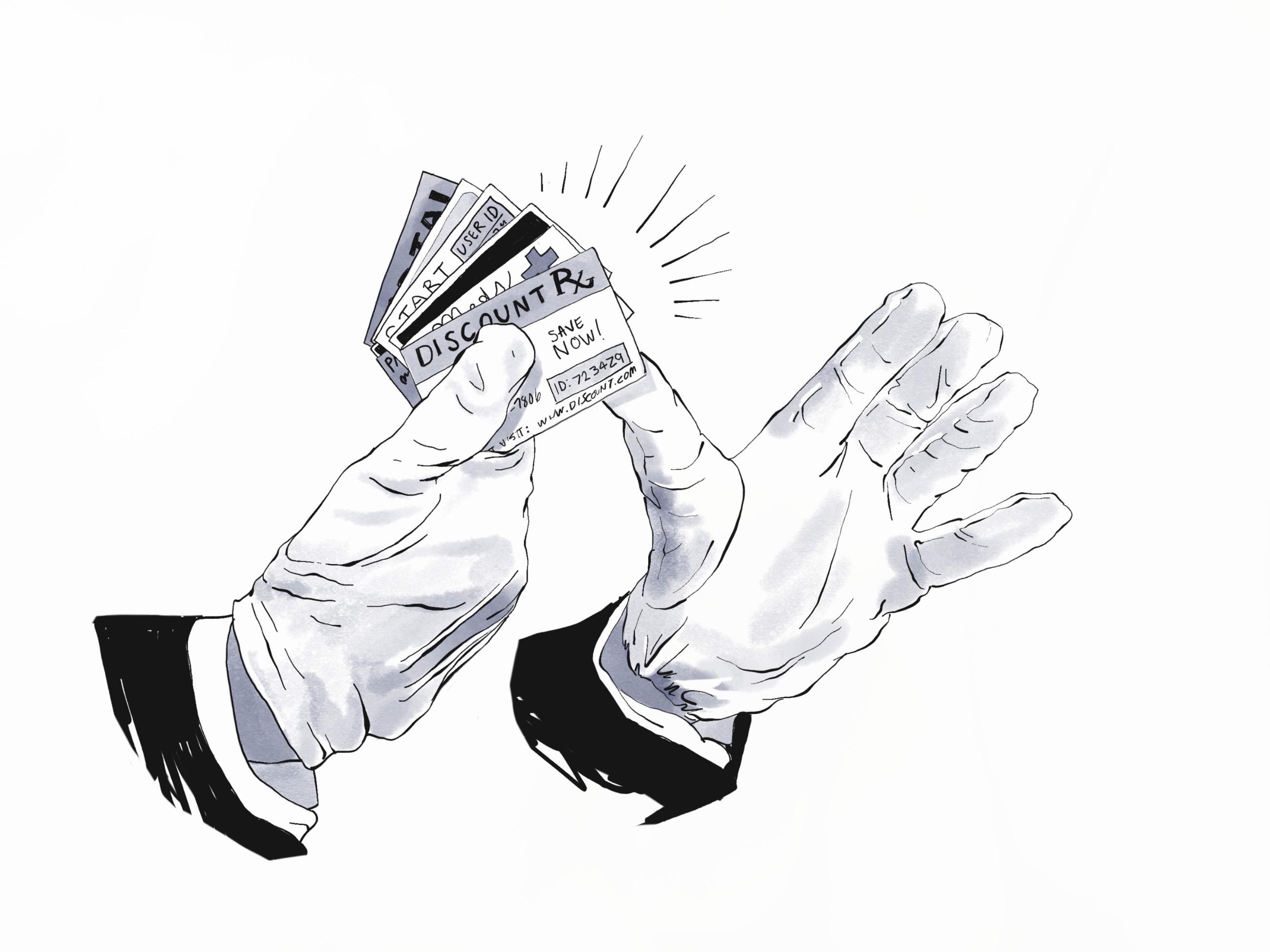How to Save Money on Healthcare If You’ve Lost Your Job
A resource-filled guide to help you manage your healthcare needs and save money

In addition to the direct toll of the virus, the COVID-19 pandemic has spawned near-record levels of unemployment.[1]
With low-wage workers in the restaurant and service industries affected, losing a job often means losing your insurance. Nearly half of low-wage workers relied on their employer for insurance.[2]
And with a majority of consumers saying they’re planning to spend less on healthcare and prescription costs during the pandemic,[3] many are looking for choices.
Fortunately, you have choices to help you keep costs down however you’ve been affected by COVID-19.
What else should you know about COVID-19 and healthcare?
How to save with telehealth
Telehealth services allow patients to talk with doctors via a secure video visit on their phone, computer or tablet. With stay-at-home orders in many states, this has led to more people using telehealth.[4]
But did you know these services can also help you save time and money?
Even before the pandemic, studies showed that using telehealth reduced patient cost for visits, as well as saving them time and travel costs.[5]
In addition to having 24/7 access to medical advice from the comfort of your home, telehealth visits cost less. The national median cost for a telehealth visit is $50, compared to $85 for a traditional doctor’s office visit, $130 for urgent care or $740 for an emergency room.[6]
Some telehealth companies are even offering free services during the pandemic.[7]
For instance, CNBC Make It found nine telemedicine companies offering “completely free virtual doctor’s visits for those affected by the coronavirus.” (Some restrictions do apply, so please read through the fine details.)
Those telemedicine companies offering free service include:
A word of caution though: Some consumers have complained they’ve been billed for visits they were told would be free.[8] Be sure to ask about billing details before going forward.
Still, telehealth is a great alternative to traditional office visits for many.
Telehealth visits can save you time and money.
How to save on prescriptions
While the early stages of the pandemic led to a sharp rise in prescription fills, that has since levelled off.[4] But if you stocked up on your meds early and now need help paying for them, there are low-cost and free options available.
You may try typical cost-savings measures like:
- Trying generics
- Considering an over-the-counter alternative
- Trying a big-box store’s $4 list
- Getting a bigger dose
- Getting a larger supply
- Shopping around
- Asking for free samples
But your doctor may also be able to refer you to a patient assistance program that can help with drug costs.
Drug companies, states and non-profits offer their own patient assistant programs. There are also other programs you may now be eligible for if you’re unemployed, uninsured or have reduced income.[9]
Two great places to start:
Both are non-profit organizations that run comprehensive databases on free and discounted prescriptions. You can search each website by drug to find options near you.
You might also want to look into other resources for additional help paying for your prescriptions. These include:
- Medicare Extra Help Program — for the Social Security assistance program and to apply for the Medicare Part D subsidy
- Medicine Assistance Tool — for finding patient assistance programs you may be eligible to use
- Pharmaceutical Assistance Programs (PAP) — for pharmaceutical company assistance programs
- State Pharmaceutical Assistance Program (SPAP) — for available state-funded assistance programs for prescription drug costs
- WebMD’s Patient Assistance Programs for Prescription Drugs — for a comprehensive listing of assistance programs
And, of course, there are also products like ScriptHero, where you can search a nationwide network of pharmacies and compare prescription prices.
Now more than ever, remember your mental health
The mental strain stemming from the uncertainty of the pandemic is challenging enough. Then add the pressure that comes with the loss of your job and insurance. Early polling pointed out that 7 in 10 Americans reported their lives had been disrupted from COVID-19.[10]
Mental health experts advise acting early so feelings of despair don’t take over your life, leading potentially other medical issues.[11]
Even if you’ve never talked to a therapist before, an increasing number of at-home options make that easier than ever.[12]
If you’re uninsured, you can ask your therapist for a sliding-scale rate, which adjusts to your income. The cost may even be comparable to a co-pay for an insured person.
The website OpenPathCollective.org can connect you with therapists offering virtual sessions for between $30 and $60 — about what you’d pay with insurance.
Remember, you can get through this
Losing your job and insurance may leave you feeling helpless and alone, but you’re not alone, and there’s help available.
Know your resources, and take it one day at a time.
Did you know price-shopping your prescriptions at different pharmacies could also save you money?
Learn MoreBrad Keefe is a former award-winning journalist and film critic of 20 years based in Columbus, Ohio. In recent years, he’s worked with several nationally renowned brands while continuing to occasionally scratch his journalism itch.
Julian Dassai is an illustrator, cartoonist and musician from Athens, Greece. Currently an Adjunct Instructor of Illustration at the Columbus College of Art and Design, Julian also has taught workshops in comic book writing and drawing for the Wexner Center for the Arts, The Billy Ireland Cartoon Research Library, Otterbein University, The Pomerene Center for the Arts and Columbus Public Schools. He’s worked in a variety of graphic arts, including magazine illustration, cartooning and album design.
Sources
[1] “43 states have record unemployment. See where your state ranks,” CNN Business, May 22, 2020
[4] “COVID-19 & Medication Access,” CoverMyMeds, June 2020
[5] “Telemedicine saves patients time and money, study shows,” Fierce Healthcare, Sept. 15, 2017
[6] “4 Ways Telehealth Can Save You Money,” U.S. News & World Report, April 6, 2020
[9] “Patient Assistance Programs for Prescription Drugs,” WebMD, Aug. 19, 2019
[11] “Act Now To Get Ahead Of A Mental Health Crisis, Specialists Advise U.S.,” NPR, May 13, 2020
[12] “How To Get Therapy When You Can’t Leave The House,” NPR, April 6, 2020
This article was last updated July 21, 2020






